Eskimo (1933)
ジャンル : ドラマ
上映時間 : 1時間 57分
演出 : W.S. Van Dyke
シノプシス
The happy life of an Eskimo is disastrously changed when he mingles with an unscrupulous white trader.

Based on the journal of Knud Rasmussen's "Great Sled Journey" of 1922 across arctic Canada. The film is shot from the perspective of the Inuit, showing their traditional beliefs and lifestyle. It tells the story of the last great Inuit shaman and his beautiful and headstrong daughter; the shaman must decide whether to accept the Christian religion that is converting the Inuit across Greenland.
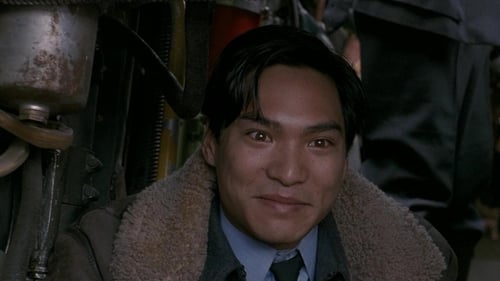
Fantastic improbabilities, happenstance and the undying bridge of love are part of this romantic fantasy about an Inuit who crosses years, oceans and the ravages of WWII to find his childhood love, a Metis girl, but finds that their cultures are the most difficult spaces to gap.
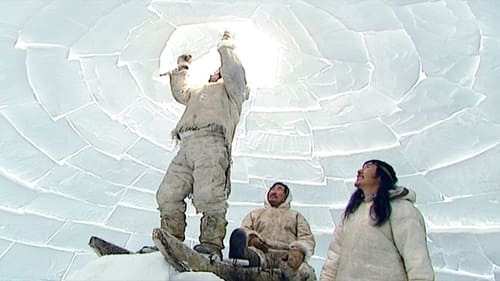
Based on a local legend and set in an unknown era, it deals with universal themes of love, possessiveness, family, jealousy and power. Beautifully shot, and acted by Inuit people, it portrays a time when people fought duels by taking turns to punch each other until one was unconscious, made love on the way to the caribou hunt, ate walrus meat and lit their igloos with seal-oil lamps.

In 1952, an Inuit hunter named Tivii with tuberculosis leaves his northern home and family to go recuperate at a sanatorium in Quebec City. Uprooted, far from his loved ones, unable to speak French and faced with a completely alien world, he becomes despondent. When he refuses to eat and expresses a wish to die, his nurse, Carole, comes to the realization that Tivii's illness is not the most serious threat to his well-being. She arranges to have a young orphan, Kaki, transferred to the institution. The boy is also sick, but has experience with both worlds and speaks both languages. By sharing his culture with Kaki and opening it up to others, Tivii rediscovers his pride and energy. Ultimately he also rediscovers hope through a plan to adopt Kaki, bring him home and make him part of his family
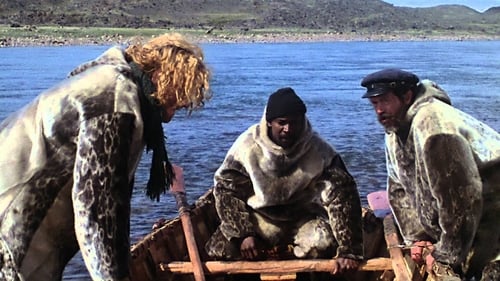
In 1896, three survivors of a whaling ship-wreck in the Canadian Arctic are saved and adopted by an Eskimo tribe but frictions arise when the three start misbehaving.

Maïna is the daughter of the Innu leader Mishtenapuu, who attends a bloody confrontation between his clan and the clan of "Men of the Land of Ice." Following this confrontation, Maïna chooses a mission that will change her life. To fulfill the promise that she has made to her friend Matsii on her deathbed, she embarked on the trail of their enemies to deliver Nipki, a 11 year old boy that the Inuit have captured. But she was also taken as prisoner by Natak, the leader of the Inuit group, and forcibly taken to the Land of Ice.

The movie tells of the contest between two rivals for the love of an Inuit woman. The forces of nature will decide the winner.
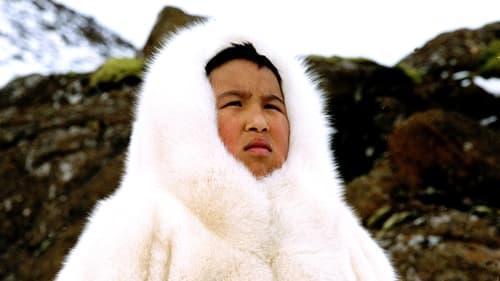
In the middle ages a small Greenlandic boy comes drifting with an Iceberg to a remote and superstitious settlement in Iceland and is believed to be an evil spirit by his looks. He saves a young boy from an avalanche and they become friends. The young Icelandic boy has to fight for his friends existence against the ignorant villagers, who want him imprisoned or even killed

A young teacher, Eva Nygaard, arrives in Greenland from Denmark to surprise her fiance, the Doctor Erik Halsøe, but is crushed to find he has not waited for her and he is about to be married to his assisting nurse. Eva travels to a small fishing village to await the next ship back to Denmark. There she enters into a tense and often confrontational relationship with Jens, a quiet moody Dane who manages a trading company outpost. Meanwhile, Jens is trying to persuade a Greenlander named Pavia to become a company fisherman, despite Pavia's fear of alienating his fellow villagers and upsetting the spirit, Qivitoq.

In the 1930s, Agaguk lives his traditional Inuit life. But one day, there is a murder in the tribe and Agaguk becomes a suspect. Soon he becomes persecuted by Henderson, a mean mountie, and he must flee through the cold winter of Northern Quebec.
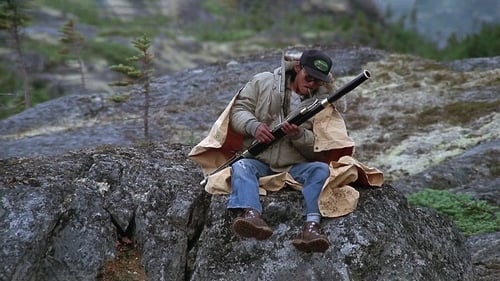
A scientific researcher, sent on a government study: The Lupus Project, must investigate the possible "menace" of wolves in the north. To do so, he must survive in the wilderness for six months on his own. In the course of these events, he learns about the true beneficial and positive nature of the wolf species. Based on the book and true story by Farley Mowat.
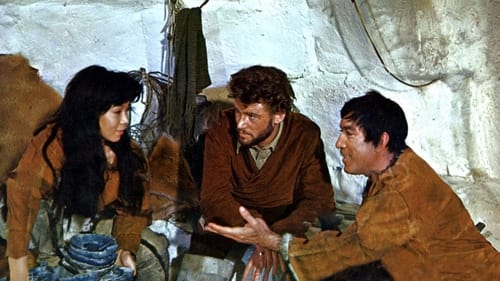
An Eskimo who has had little contact with white men goes to a trading post where he accidentally kills a missionary and finds himself being pursued by the police.
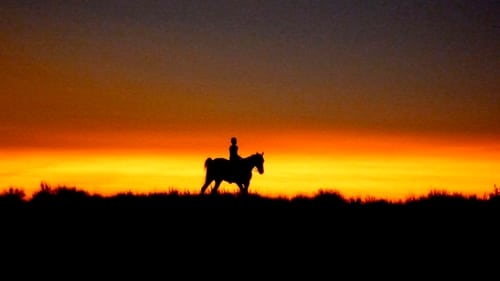
The evolution of the depiction of Native Americans in film, from the silent era until today, featuring clips from hundreds of movies and candid interviews with famous directors, writers and actors, Native and non-Native: how their image on the screen transforms the way to understand their history and culture.

Director Elisapie Issac's documentary is a sort-of letter to her deceased grandfather addressing the question of Inuit culture in the modern world.

Inspired by an Inuit poem first assigned to paper in 1927, this animated short evokes the beauty and power of nature, as well as the bond between mother and daughter. As her daughter looks on, an Inuit woman creates a wall hanging filled with images of the spectacular Arctic landscape and traditional Inuit objects and iconography. Soon the boundaries between art and reality begin to dissolve.

This animated short tells the story of Qalupalik, a part-human sea monster that lives deep in the Arctic Ocean and preys on children who do not listen to their parents or elders. That is the fate of Angutii, a young boy who refuses to help out in his family’s camp and who plays by the shoreline... until one day Qalupalik seizes him and drags him away. Angutii's father, a great hunter, must then embark on a lengthy kayak journey to try and bring his son home.
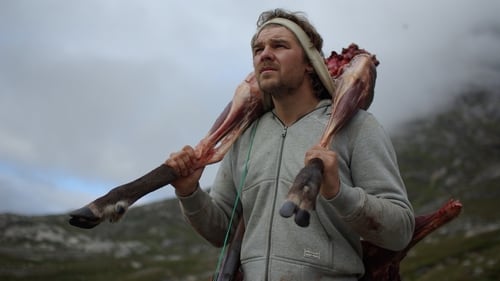
A love-struck man discovers he has an incurable illness shortly after meeting the woman of his dreams.
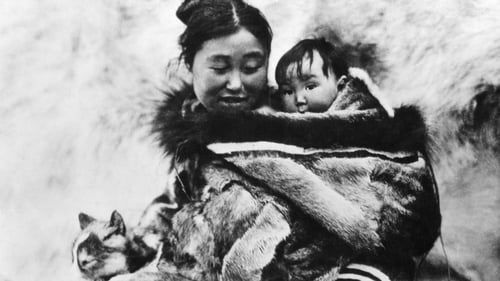
This pioneering documentary film depicts the lives of the indigenous Inuit people of Canada's northern Quebec region. Although the production contains some fictional elements, it vividly shows how its resourceful subjects survive in such a harsh climate, revealing how they construct their igloo homes and find food by hunting and fishing. The film also captures the beautiful, if unforgiving, frozen landscape of the Great White North, far removed from conventional civilization.

Follows homeless, addicted and alienated Greenlandic women in Copenhagen, Denmark; includes fragments of Greenlandic culture.

The director goes back to her roots in Pangnirtung, amongst her family and community. It leads her to another journey: to Qipisa, the outpost camp from where they were uprooted.


















